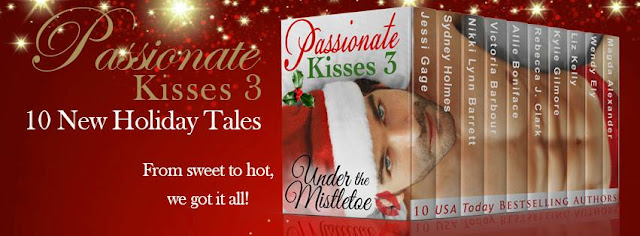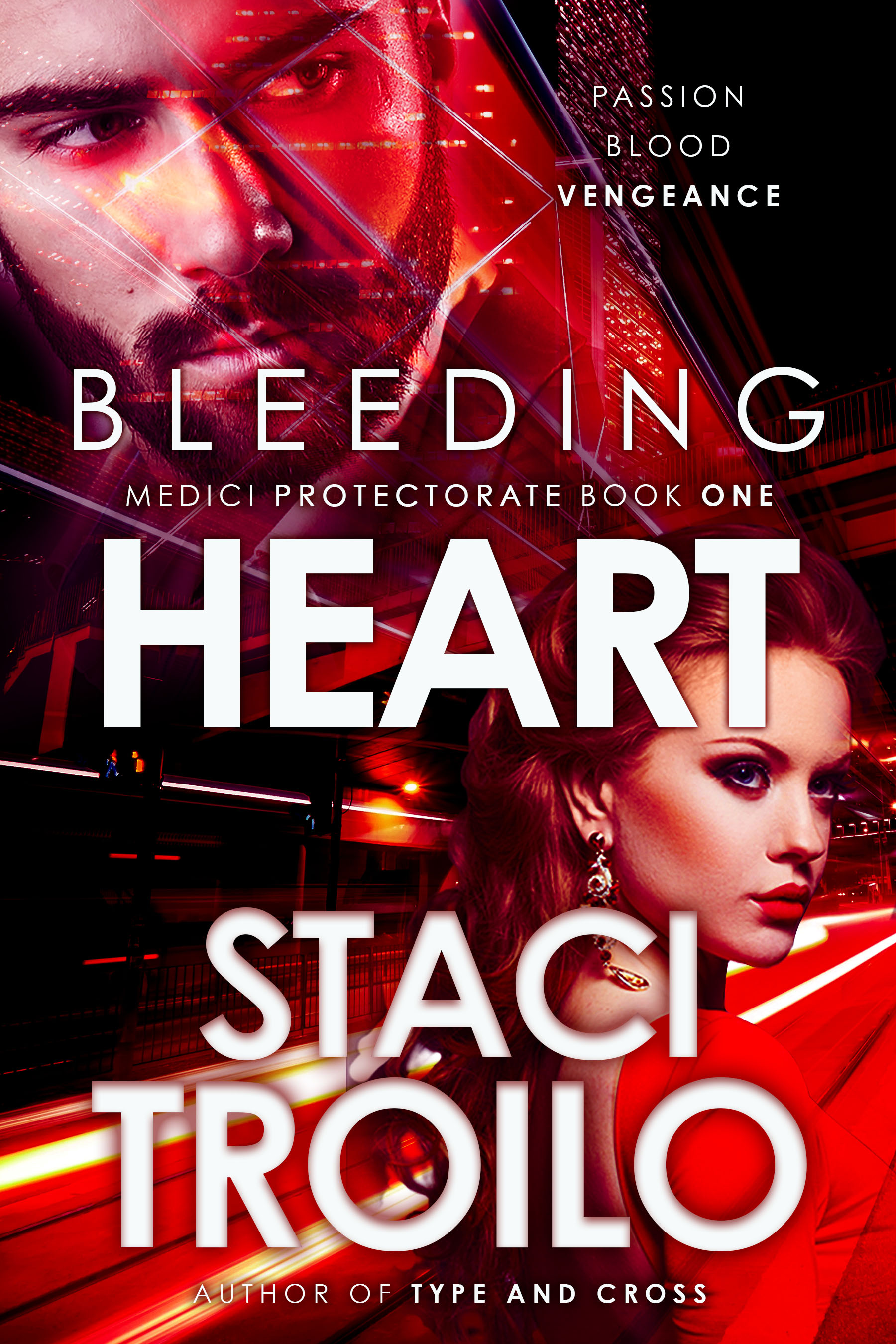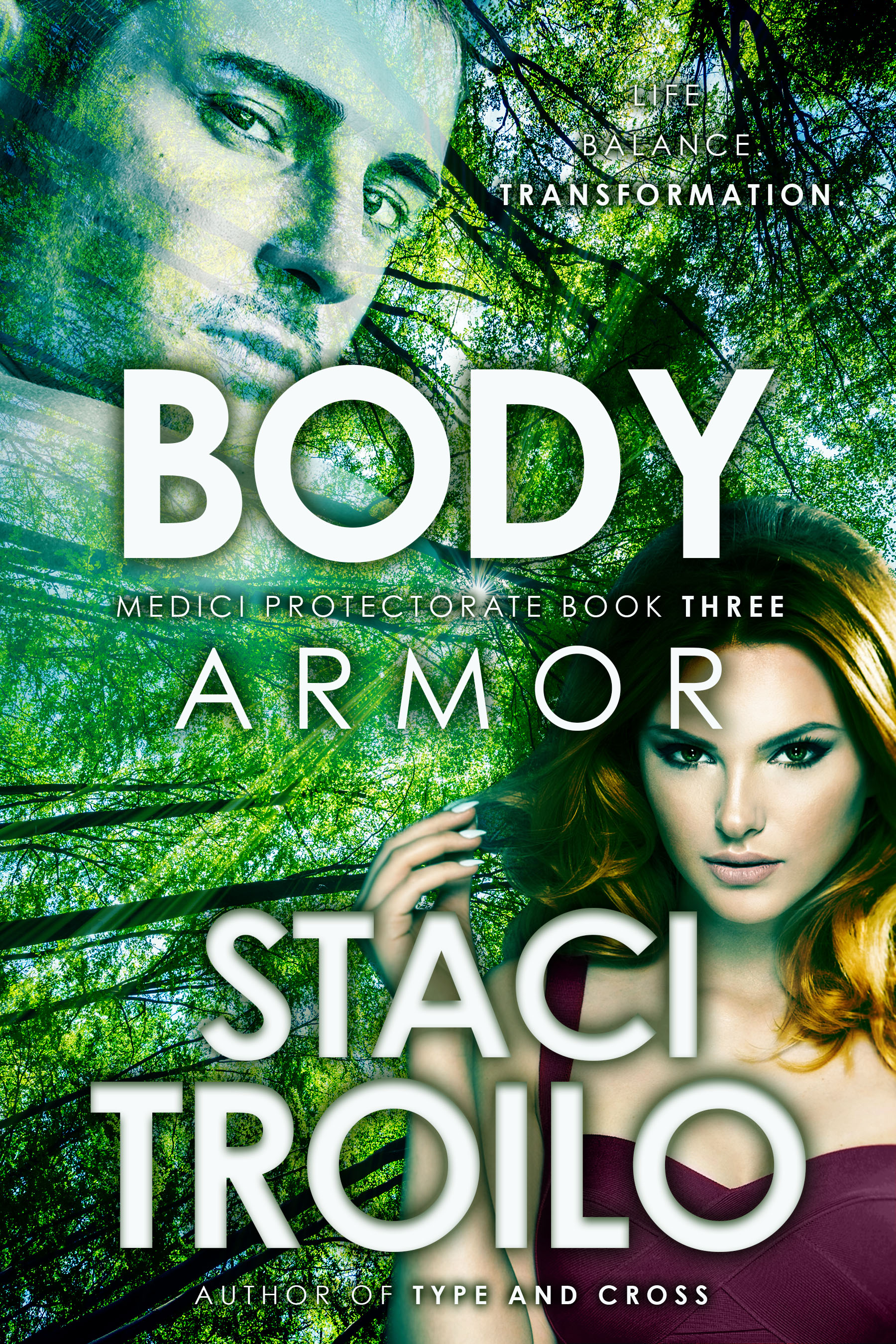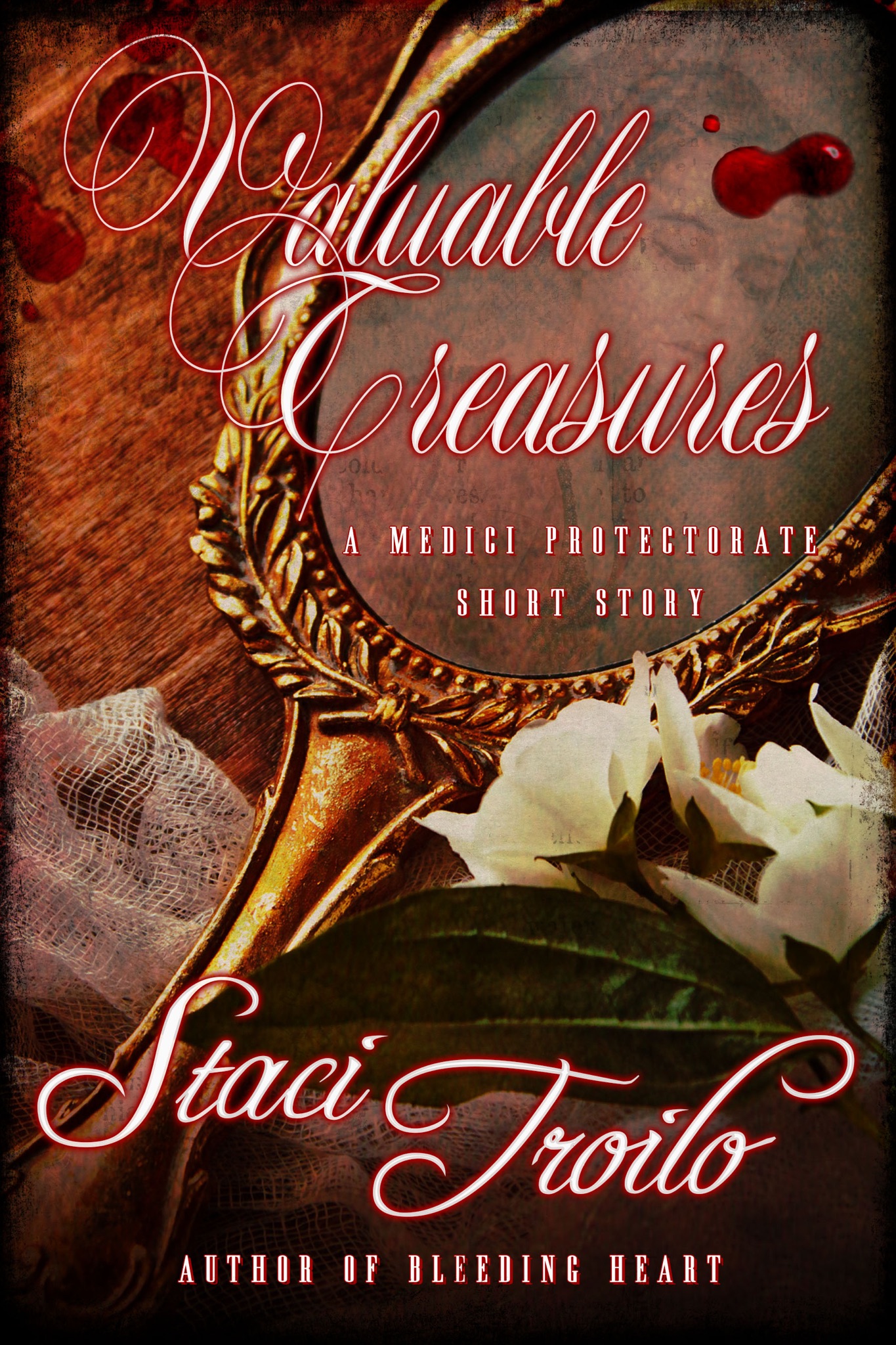Ah, Old Blue Eyes. I fell in love with Frank Sinatra when I was a young girl and saw Guys and Dolls on television. That’s when I also fell in love with Marlon Brando, but that’s a subject for another post. This post is about New York. Specifically the Big Six publishers. When Sinatra sang “I want to be a part of it, New York, New York” I’m sure he wasn’t singing from a writer’s perspective talking about getting a publishing contract. But I hear that song and it’s like it’s coming from my heart and soul.
I don’t know what route my published works are going to take. I have one finished novel currently with a small publisher, and I don’t know if it will ever see the light of day. I have a finished first draft that I’m currently revising, and I don’t know if I’m going to go the self-publish, small-publish, or New York route with it when I’m done. I see merits to all three.
Self-publishing is great because you have complete control and reap the most rewards. However, all the work and responsibility is yours. Sure, the writing and revising is a given. But cover design, marketing, extra editing, conversion to e-format… all on you. No help. And, while it’s getting better, there has been a stigma in the past with self-publishing because anyone can self-publish (hence the name), so there is no quality control. There are some really bad books out there. Some people assume if you self-publish it’s because you weren’t good enough for a publisher to take a chance on you. Writers know that isn’t the case, but not all readers are on board with that premise yet. It’s getting better. Cream does rise to the top. I’m just not sure yet when the readers will find the cream. I want them to know I’m the cream and I want them to know where to find me.
Small publishers are becoming a popular choice for writers. It’s the route I chose for my first manuscript (knock on wood). They seem to be a nice middle ground between self-publishing and getting that elusive New York contract. Some accept electronic submissions, which is a big plus. Also, they will handle the cover design, the copy editing, the e-format conversion, and even some marketing for you (check your contracts!) but that doesn’t let you off the hook. Distribution will be severely limited to regional stores, if they print books at all, and you’ll still be expected to do a lot of marketing on your own. Plus, you’ll have to share more of the profits than if you self-publish. At this level, an agent is a good idea, as a contract is involved. At the very least, get a lawyer to review the paperwork.
Agents are a definite if you choose to go the New York route. You aren’t going to get your manuscript on an editor’s desk unless an agent puts it there, and it will definitely be a bulky paper copy. Another bonus is the big publishing houses will do all of the heavy lifting for you — above and beyond the efforts of the small publishing houses — but be aware. You have the least control when you go through the Big Six and you share a bigger percentage of the profits than in self-publishing or with small publishers. They’re also the slowest to pay the royalties out, although you do often get an advance. (New authors will get much smaller advances than established authors. Of course, new authors have trouble getting in with the Big Six to begin with.) What is the biggest benefit you get from going the New York route? The backing of one of the Big Six. If you can say that New York is willing to take a chance on you, then cautious readers are more likely to take a chance on you.
So with the trend going to eBooks and the Big Six hesitant to sell eBooks to libraries and having a tenuous relationship with Amazon… it’s hard to know which way to go. Small publishers look like a bargain, but they look like a lot of work, too, when you consider that for just a little more work you get complete autonomy. Still, I hear Sinatra crooning, “If I can make it there, I can make it anywhere, New York, New York.”
At the end of the day, I probably should finish my revisions before I make any decisions. What have you decided, and how is it working for you?





 It’s wintertime. I think this is a popular season for reading, mostly because sitting under a blanket with a book and a cup of coffee sounds a lot better than going outside and shoveling snow. Summertime is great for being outside. Not winter. (To those of you who enjoy skiing, snowboarding, building snowmen, or making and throwing snowballs, I apologize. I just don’t get it. I hate being cold.)
It’s wintertime. I think this is a popular season for reading, mostly because sitting under a blanket with a book and a cup of coffee sounds a lot better than going outside and shoveling snow. Summertime is great for being outside. Not winter. (To those of you who enjoy skiing, snowboarding, building snowmen, or making and throwing snowballs, I apologize. I just don’t get it. I hate being cold.)

 Gordon Bonnet is a writer, musician, teacher, and scuba diver, and currently lives in upstate New York. His love of fiction began when his story “Crazy Bird Bends His Beak” won critical acclaim in Mrs. Moore’s first grade class at Central Elementary School in St. Albans, West Virginia. His interest in the paranormal goes back almost that far. Introduced to speculative, fantasy, and science fiction by giants in the tradition, he was captivated by their abilities to take the reader to a fictional world and make it seem tangible, to breathe life and passion and personality into characters who were (sometimes) not even human. This fascination with the paranormal, however, has always been tempered by Gordon’s scientific training. This has led to a strange duality—his work as a skeptic and debunker on the popular blog
Gordon Bonnet is a writer, musician, teacher, and scuba diver, and currently lives in upstate New York. His love of fiction began when his story “Crazy Bird Bends His Beak” won critical acclaim in Mrs. Moore’s first grade class at Central Elementary School in St. Albans, West Virginia. His interest in the paranormal goes back almost that far. Introduced to speculative, fantasy, and science fiction by giants in the tradition, he was captivated by their abilities to take the reader to a fictional world and make it seem tangible, to breathe life and passion and personality into characters who were (sometimes) not even human. This fascination with the paranormal, however, has always been tempered by Gordon’s scientific training. This has led to a strange duality—his work as a skeptic and debunker on the popular blog 



















